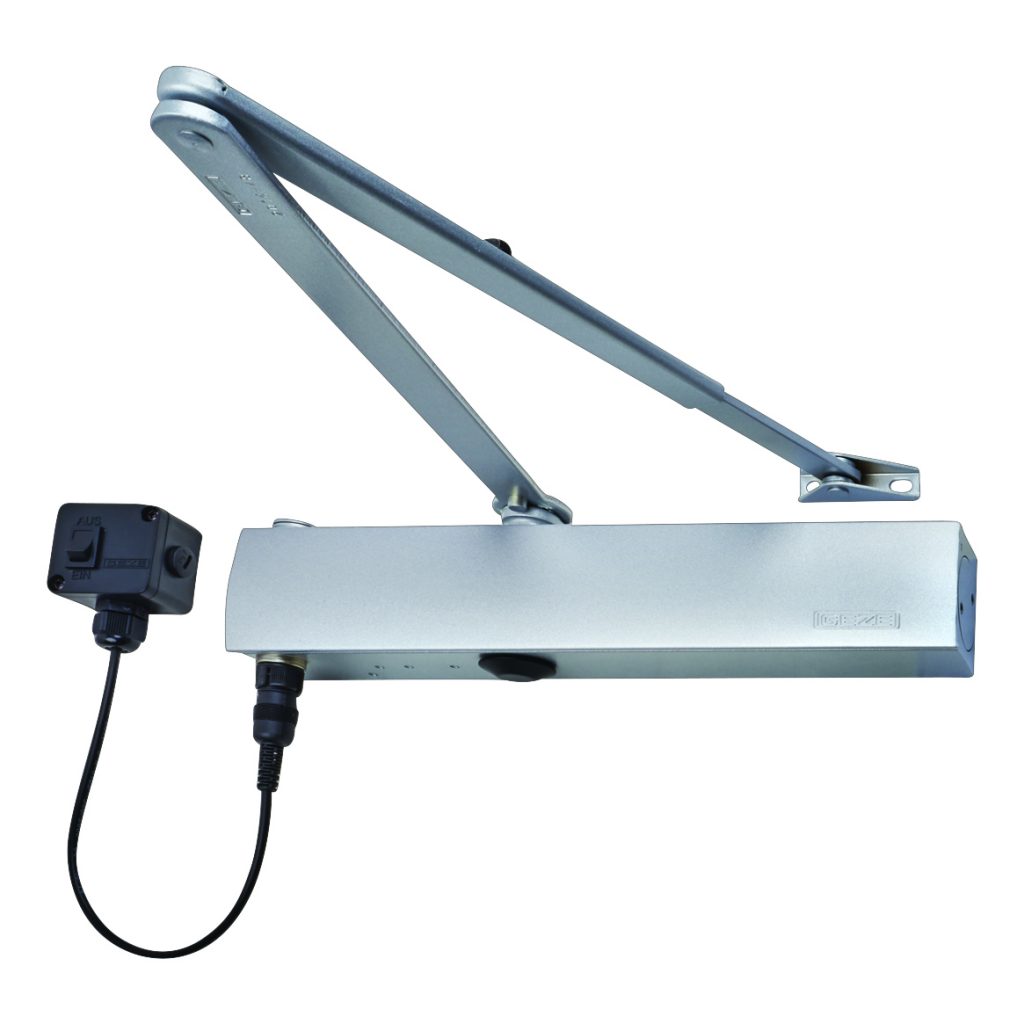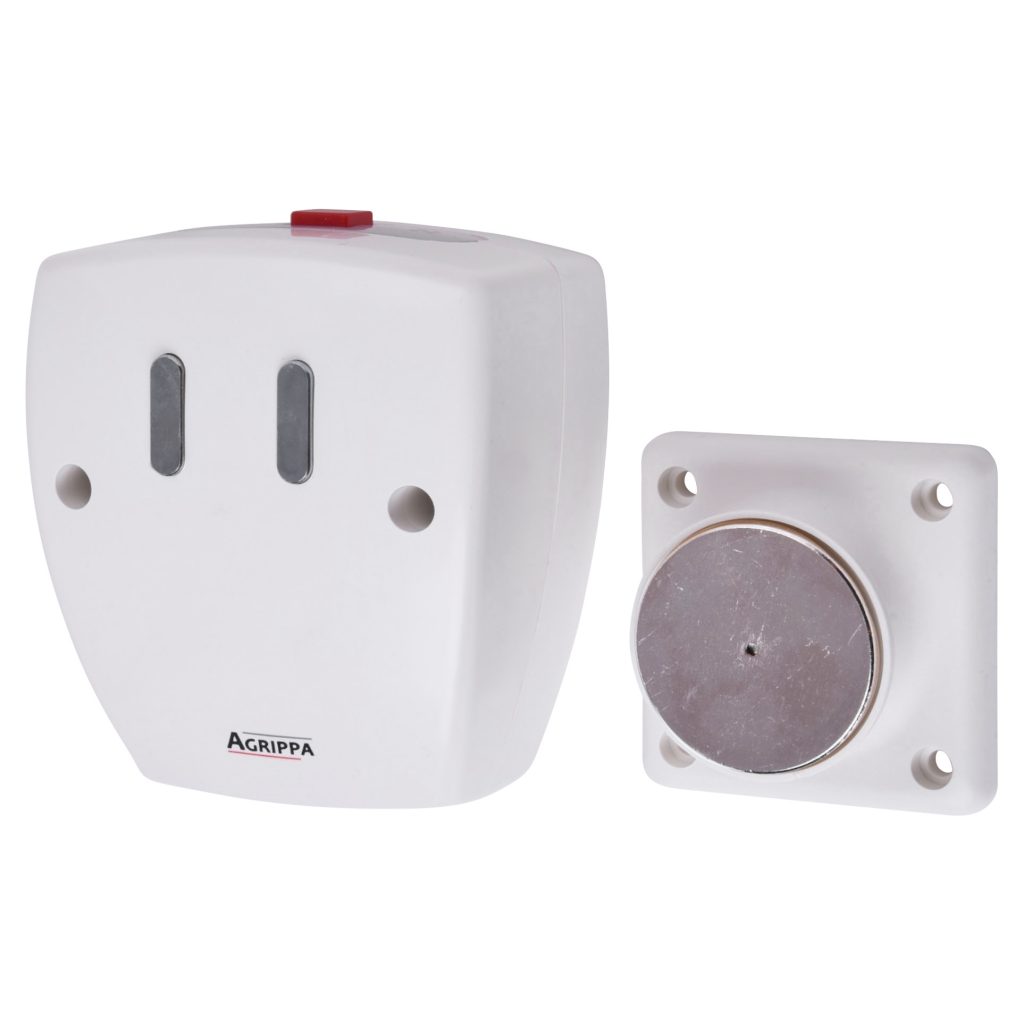Fire doors are an essential part of the fire safety strategy for buildings in every sector. Here Scott Copeland, Category Manager at IronmongeryDirect looks at why selecting the correct door closer is essential to ensure the effective operation of fire doors.
Fire doors offer life-saving protection in the event of a fire and allow safe and swift evacuation by keeping escape routes clear of smoke and fire. This is why it is important that the door itself and all the hardware fitted allows the door to perform this vital function. In particular, the door closer is essential in ensuring that the door closes effectively and stays closed.
Selection criteria
Choosing the correct door closer for a fire door requires careful consideration. The first criteria to look at should be compliance with BS EN1154 “Controlled Door Closing Devices”, or BS EN1155 for electromagnetic closers and fire door holders, and ensuring it is CE or UKCA marked to this standard. It must also be fire tested and approved in line with the rest of the doorset, which includes the door and all hardware. The fire doorset, which must be fully certified with a CE or UKCA mark, should be approved by an independent third party, such as CERTIFIRE. Therefore, any door closer selected should also be CERTIFIRE approved, as fitting a closer without this approval will invalidate the certification of the doorset as a whole.
The fire door closer must have enough power to reliably close the door and keep it closed in the event of a fire, but not be restrictive to people moving through the building. Devices should be selected based on the weight and width of the door, the level of traffic through it and the type of building. To find out more about how to choose the right door closer, visit our website www.ironmongerydirect.co.uk/door-closer-guide.
Door closers that produce too much closing force, and are therefore difficult to open, will not comply with the Equality Act 2010, which ensures the physical features of the building are not a barrier to access. The simplest way to ensure this is achieved is to select variable power door closers, which allow the closing force to be adjusted to suit on-site conditions. This is the approach recommended by BS8300, the Code of Practice for designing buildings to create an accessible and inclusive environment.
Alternative approaches
For certain types of building, a self-closing door may impact the day to day movement of occupants. For example, in healthcare facilities such as hospitals and care homes where beds and wheelchairs must be moved through the building regularly, similarly for schools, where large numbers of students are moving between classes multiple times a day. Doors that become frustrating to users are more likely to be propped open. This is a fire code violation which renders them ineffective in the event of a fire, so another approach may be needed.
One possible solution is to utilise a hold-open device that will keep the door open, allowing free movement until a fire alarm is triggered, at which point it releases the door to close using a standard fire door closer. A simple option is a standalone hold-open device, such as the Agrippa Magnetic Door Holder that activates on detection of the sound of the fire alarm and fails safe by releasing the door if the battery runs low.
In addition, there also the option of an automatic door closer with a free swing function, such as the GEZE TS4000EFS Electromagnetic Door Closer. The ‘free swing’ function enables the door to be opened and closed with minimal force during everyday use but delivers safe automatic closing when the fire alarm is triggered, or in the event of power loss, using an electro-hydraulic mechanism. To comply with regulations, all delayed action fire doors are required to close within 25 seconds.
IronmongeryDirect’s team of GAI trained advisors are on hand to assist with fire-rated product queries as well as the rest of its wide range of over 18,000 ironmongery solutions. IronmongeryDirect has also produced an in-depth guide which can be found at www.ironmongerydirect.co.uk/blog/fire-protection-buyers-guide as well as informative videos to help customers understand the legislation and make the correct product selection.


